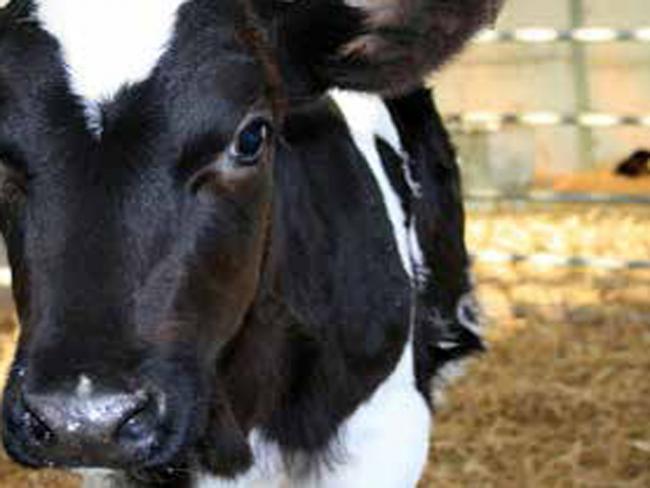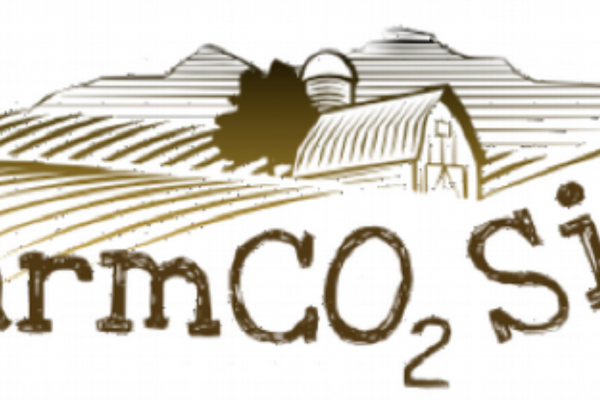Farm CO2Sink - C sequestration and GHG emissions reduction at farm level

The aim of Farm CO2Sink is to quantify the C sequestration potential at farm level and the reduction of GHG related to the adoption of a series of sustainable agricultural practices.
Across a latitudinal gradient going from Po floodplain to the mountainous areas of Piacenza province, the CO2 sink potential will be evaluated for the following agricultural practices:
A. SRF poplar grove along Po floodplain (during establishment and after re-conversion toarable land);
B. Perennial herbaceous and SRC woody crops (re-conversion to arable land);
C. Contour strip-cropping with miscanthus in underutilized hilly areas
D. mountain beech forest (conversion of beech coppice to high forest)
Action 1 Project management.
Action 2 Data collection and inventory.
Action 3 Adoption of sustainable farming practices aiming at sequestering C in agricultural and forestry sector.
Action 4 C balance at farm level and assessment of carbon footprint.
Action 5 Dissemination and divulgation.
Farm CO2Sink aims to compare, for four land uses in the Piacenza province, the C sequestration potential at farm level of a conventional management system with high environmental impacts with a conservative and sustainable management system. The conservation practices addressed within Farm CO2Sink are based on the reduction of inputs and aim to sequester C into the agricultural soil and to reduce the farm carbon footprint by lowering GHG emissions throughout the life cycle (from cultivation to final product).
Specifically, in the Po floodplain, we want to show through the calculation of a C balance at farm level as the sustainable management of agricultural soils associated with the cultivation of perennial biomass crops (herbaceous and woody) promotes an active balance of the soil organic matter. This result wants to be achieved not only for the establishment phase and during the cultivation phase (through inter-row cover cropping with mixture of perennialspecies) but after the re-conversion to arable land through the maintenance of a positive balance of the soil C sequestered during the whole crop lifespan of perennial crops.
In the in the mountainous areas, instead, we expect that the LCA study and its related ecodesign show a strong reduction in carbon footprint related to some of the end-productsalternative to direct combustion addressed in Farm CO2Sink such as the thatched house (from miscanthus biomass from contour strip-cropping) and wood furnishing products (fromharvested wood products of beech high forest).
| Titolo/Descrizione | Url | Tipologia |
|---|---|---|
|
Pagina web del progetto
|
Sito web
|
|
|
Video - "Prova sperimentale del progetto"
|
Materiali utili
|
|
|
Video - "Pratiche agricole conservative nel pioppeto"
|
Materiali utili
|
|
|
Video - Semina di Soia con seminatrice da sodo
|
Materiali utili
|
|
|
FarmCO2Sink in TV
|
Materiali utili
|
|
|
Comunicato stampa sulla conclusione del progetto
|
Materiali utili
|
